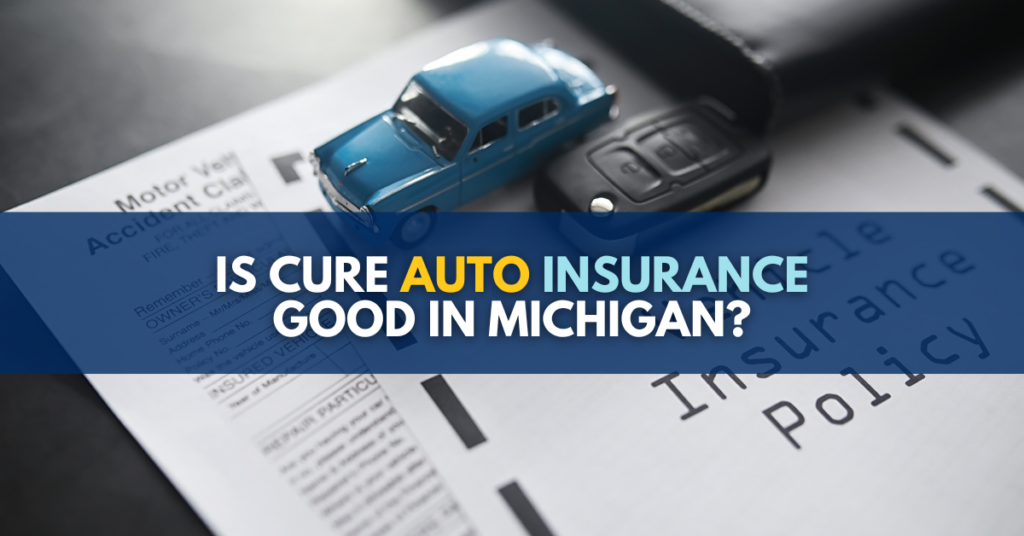News Blast
Your daily source for breaking news and insightful articles.
Car Insurance: The Love-Hate Relationship
Explore the love-hate relationship with car insurance—find out why it’s essential yet frustrating and how to make the most of your policy!
Understanding Your Car Insurance: Benefits vs. Drawbacks
Understanding your car insurance involves weighing the benefits against the drawbacks that come with various policies. On the positive side, car insurance provides financial protection in the event of an accident, theft, or damage to your vehicle. It can also cover medical expenses for injuries sustained during an incident. Additionally, many policies offer liability coverage, which protects you from legal claims if you're found at fault in an accident. This sense of security is critical for many drivers, especially when navigating the unpredictable nature of the roads.
However, there are notable drawbacks to consider as well. Car insurance can be a significant expense, with premiums varying based on factors such as your driving history, vehicle type, and location. Moreover, the complexity of various policies might lead to confusion, making it challenging for consumers to choose the right coverage. Some plans may also include deductibles that you must pay out of pocket before your insurance kicks in, which can add to your financial burden. It's essential to evaluate both sides, so you can make an informed decision regarding your car insurance.

Why Do We Dread Car Insurance? Exploring Common Grievances
One of the primary reasons people dread car insurance is the sheer complexity of the policies themselves. Many individuals find the jargon and fine print overwhelming, making it difficult to understand exactly what they are paying for. Deductibles, coverage limits, and various exclusions can turn what should be a simple process into a daunting task. As a result, many drivers feel frustrated and confused, leading them to postpone important decisions regarding their coverage. This anxiety is compounded when considering how much auto insurance can differ in price and benefits, leaving consumers unsure of which option ultimately serves their needs.
Another common grievance associated with dreading car insurance is the financial burden it often presents. The cost of premiums can take a significant chunk out of a monthly budget, especially for younger drivers or those with less-than-perfect records. According to surveys, many individuals feel that they are paying exorbitant amounts for a service that is required, adding to their stress and resentment. This financial strain can lead to a cycle of dissatisfaction, as people grapple with the reality that failing to maintain insurance can result in severe penalties. Ultimately, this financial concern exacerbates the feelings of dread surrounding car insurance.
Is Your Car Insurance Repairing or Ruining Your Relationship with Your Vehicle?
For many car owners, the relationship with their vehicle can significantly be impacted by car insurance. On one hand, comprehensive insurance coverage can provide peace of mind, ensuring that any damages or accidents are financially managed. This can enhance your overall experience as a driver, allowing you to focus on the joy of driving instead of worrying about potential costs. On the other hand, complex policies and high premiums can create frustration, especially if you feel that they do not align with the value of your car or your personal needs. Understanding the nuances of car insurance is essential in determining whether it truly repairs or unnecessarily complicates your relationship with your vehicle.
Moreover, the claims process associated with car insurance can turn a simple fender bender into a stressful ordeal. If your insurer is difficult to communicate with, requires extensive paperwork, or takes too long to process claims, you may find yourself feeling more alienated from your car. Instead of enjoying your time behind the wheel, you might experience anxiety and uncertainty. To foster a positive relationship with your vehicle, it's crucial to choose an insurance provider that prioritizes customer satisfaction and offers transparent communication. Ultimately, the right car insurance should feel like a supportive partnership rather than a burden, helping you to cherish the freedom your car brings.